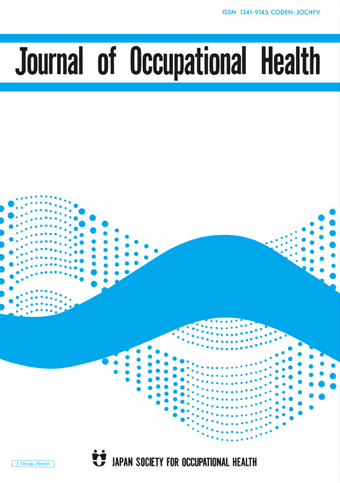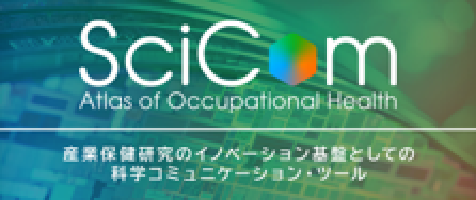Pandemic Burnout: Understanding the Pandemic-led Burnout Among Medical and Non-medical Workers
The COVID-19 pandemic has significantly affected healthcare facilities around the world. With the virus spreading rapidly, hospitals have been burdened with an almost unprecedented load of cases. In view of this new situation, it is crucial to protect healthcare personnel from psychological discomfort in order to reduce dropout intent, burnout, and resignation.
Previous studies on healthcare employees in COVID-19 hospitals have reported a high prevalence of burnout. Most of these studies, however, concentrated only on medical workers. Although medical employees are vital in managing the pandemic, other hospital workers are also required for hospitals to deliver quality healthcare.
Therefore, this study evaluated the prevalence of burnout among both medical and nonmedical workers at a COVID-19 dedicated hospital and determined factors associated with burnout. One hundred and seventy-nine medical and non-medical workers were surveyed to calculate the burnout percentage among the respondents.
The researchers observed almost equal levels of burnout in both medical and non-medical workers. Factors such as anxiety in relation to infection with COVID-19, self-quarantine, stress behavior of patients, and lack of sleep along with a desire for more off days, increased staff, hazard pay, and resources for coping with stress were found to be associated with burnout. Increasing the number of off days and staff, raising the hazard pay, and ensuring the availability of resources to cope with stress can help bring down burnout levels, suggest the authors. Other studies have also suggested ensuring adequate provision and training on the use of personal protective equipment, strict infection control practices, shorter shift length, and mental health support services for workers.
In conclusion, burnout is prevalent among both medical and non-medical workers associated with COVID-19 care centers. However, burnout along with dropout intention, and resignation of hospital staff can be reduced through effective system-level solutions.
Link to the original journal article:
https://www.jstage.jst.go.jp/article/eohp/3/1/3_2021-0014-BR/_article/
Survey of job stress and burnout among employees of various occupations at a COVID-19-dedicated hospital
Chizumi Yamada, Noriaki Kishimoto, Yumi Masuda, Yoichi Tanaka, Ichiro Kuwahira, Osamu Chino, Akinori Ebihara, Koichi Shiraishi, Yasuhiro Nishizaki
Here are some ways you can make it easier for your plain-language summary to be discovered once it has been published:
- Upload the summary on your personal, lab/research group, or university website.
- Share the published content with peers and colleagues through your personal social media accounts (Facebook, Twitter, Blogs, and LinkedIn). Link this back to the journal’s social media promotions for your paper.
- Include the link to the published post in your email signature line.
News & Announcement
-
Mar 14, 2025EOH-P has been listed on PMC/PubMed!The articles published in EOH-P have been registered with PMC/PubMed, the U.S. Nation...
-
Jun 11, 2021Lay Summary page open!Lay Summary page provides you article summaries in order of study categories. You can...
-
Oct 1, 2019EOH-P is now released!The Environmental and Occupational Health Practice (EOH-P) has been released. Please ...
Journal Info
Average 46.14 days from submission to first decision
Average 120.95 days from submission to acceptance







